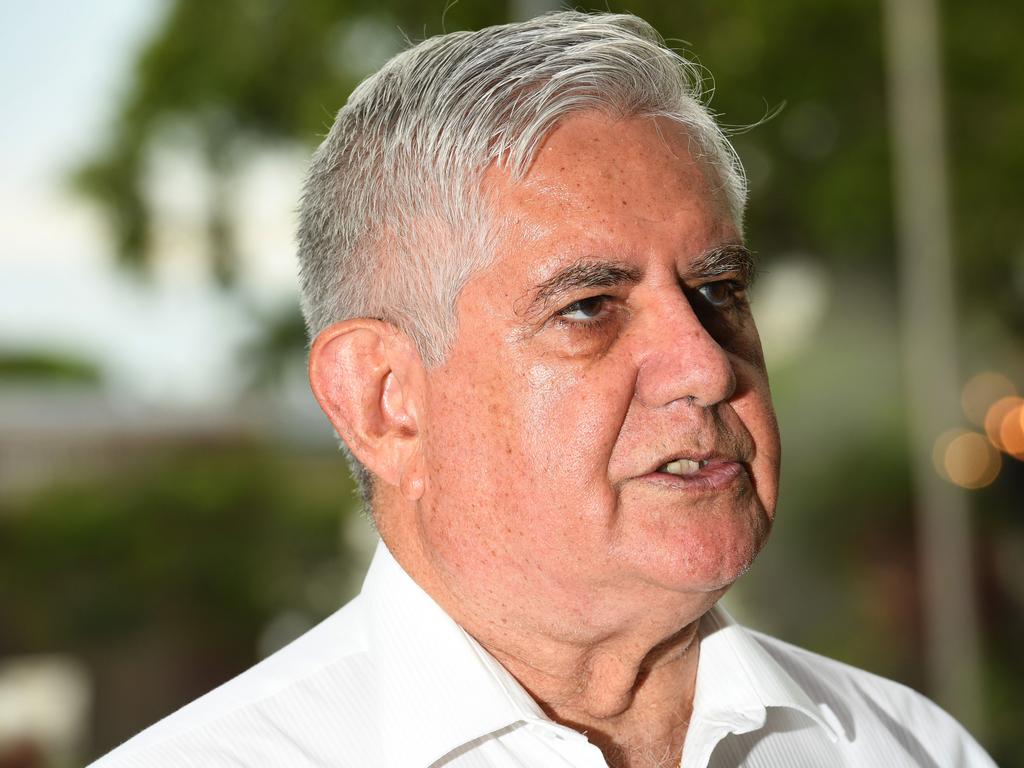Ensuring the Indigenous voice speaks for local communities will build its foundation and ensure its success


Today the Morrison Government released the Indigenous Voice Co-Design Process Final Report to the Australian Government – it proposes:
“A strong, resilient and flexible system in which Aboriginal and Torres Strait Islander people and our communities will be part of genuine shared decision-making with governments at the local and regional level and have our voices heard by the Australian Parliament and Government in policy and law making.”
The report is a culmination of an unprecedented level of engagement. Australians, both Indigenous and non-Indigenous, have been open, responsive and constructive.
In the three years I’ve had the honour of serving as Minister for Indigenous Australians, I’ve been listening to our people right across the country.

From the Tiwi Islands to APY Lands, the Torres Strait to Tasmania, our cultures are as rich as they are diverse – that’s why Aboriginal and Torres Strait Islander people want to talk to somebody local, someone who understands their culture, their community and their way of life – and they want to know who they can turn to about their concerns. Our people want to be heard and included in decisions that affect them and their lives.
As the Morrison Government considered the Final Report, it was abundantly clear that through the feedback received in our consultations, those same themes came through as loudly as they have always done whenever I am in communities around the country.
The co-design members have had hundreds of meetings, briefings and discussions to develop their proposal for an Indigenous Voice.
They spent four months leading consultations across Australia, with over 9,400 people, communities and organisations contributing their feedback, in challenging circumstances resulting from the COVID-19 pandemic.
The Final Report has recommended establishing Local & Regional Voices as the next step of the Indigenous Voice.
Ensuring the Indigenous Voice speaks for local communities will build its foundation, ensuring its sustainability and long-term success. They have also made it very clear that for Local & Regional Voices to be successful they must speak to all levels of government — federal, state and local.
This is why the Morrison Government has agreed in-principle to implementing Local & Regional Voices and will now commence discussions with states, territories and local governments to encourage participation in Local & Regional Voice arrangements.
This will build on engagement with jurisdictions throughout the process, so we can jointly consider how to implement this significant reform.
Once this is finalised, we will all work together to determine the 35 regions.
Local & Regional Voices would be designed and led by local communities in 35 regions across Australia.

They will give all Aboriginal and Torres Strait Islander residents in their region an opportunity to be a part of the process that will provide advice to, and work in partnership with, all levels of government on the policies, programs and services that affect them. This will ensure we are more effective in delivering what communities want and need to make a real difference.
Local people, communities and organisations in each region would then design their Local & Regional Voice arrangements in line with a flexible, principles-based framework.
I’d like to acknowledge the dedication of Professors Dr Marcia Langton AO and Tom Calma AO, co-chairs of the Senior Advisory Group, and all co-design group members who worked tirelessly over the past 18 months to undertake this unprecedented co-design process.
Their work, dedication and commitment is to be commended, and their proposals will ensure we continue to walk together, as Australians, towards a more reconciled nation.
This co-design process has set a new standard in the way all governments should work with Indigenous Australians – in a genuine partnership – based on respect and understanding.
The Indigenous Voice will ensure that all Aboriginal and Torres Strait Islander people can be heard, from all corners of our great nation – that we build a more prosperous future for the longest-living continuous culture on earth, and provide every opportunity of success for future generations.




For too long government has done things to Indigenous Australians, not with them. This is why two years ago we started a new way of working – co-design – a genuine partnership between government and Aboriginal and Torres Strait Islander people to determine how they can best be heard and be involved in the decision-making that impacts them.